## Surf the web!
As the millennium turned, cyberspace sat abandoned, leaving behind only bots, ads, and the few who dared venture into the ruins. In Kitten Burst, you play as Hapi, a flying race cat with an awful losing streak. A hacker offers to help you get a win, but in exchange, you need to fly through abandoned sites to help her harvest their energy.

The primary gameplay challenge in Kitten Burst is time trial races scattered across the game's levels, where you need to touch enough checkpoints as fast as possible. I've found the flight-style controls to be pretty tricky, but after tweaking my Steam Controller settings, I'm gradually getting used to them.
What makes good control so important is that flying close to obstacles builds a boost meter to go extra fast, which encourages "surfing" very close to floors, walls, and ceilings. The risk is that bumping into obstacles kills your acceleration and makes you lose control for a few seconds. The game tries to help with the "whiskers" visual aid, drawing lines from the cat to nearby objects to help you judge the distance. Despite that, I sometimes still find it too hard to avoid crashing, like when the sand dune I'm surfing on starts to curve up but everything nearby uses the same uniform dark sand texture.
After completing the races in a site, you get access to the boss challenge. These take a different format that's more like a shmup. They're an abstract rhythm and bullet hell fusion, as if the game Just Shapes and Beats went 3D. You dodge obstacles that the boss shoots at you while listening to the music, and the challenge is complete when you reach the end of the song.

Like with the standard races, it can be hard to judge depths and distances despite the visual aids. This just leads me to wonder if being able to view this game with VR or stereoscopy could ease this difficulty.
Overall, Kitten Burst feels like a 3D platformer except all the 3D platforming has been replaced with time trial flying challenges. There are level hubs, various missions to do, things to collect, and places to explore. Sometimes, though, the game takes a cue from the web's wild tangle of hyperlinks, and instead of having traditional hubs, has zones link to each other haphazardly.

## So Y2K you can lick it
If you haven't noticed from the pictures and video clips yet, Kitten Burst is loudly inspired by the graphic design, music, and cultural trends of 2000.
### Graphics from 2000
I'm a huge sucker for the graphic design around the turn of the millennium, so I am obviously eating up this game's look. To improve my frame rate, I even chose to lower my game resolution rather than reduce the graphics setting! I want all the refractive glass, shiny curved metal, and shader effects — I want all of those authentic renditions of the graphics of this era.
Every picture from this game looks like a 2000 techno album cover or a Windows Media Player skin. There is also a variety of other environments in cyberspace to enjoy with your eyes. There are Counter-Strike surf maps, old abandoned sites riddled with ads, music piracy sites, and gimmicky single-purpose sites.



World's longest site, huh? I wonder what's down there.


Oh.
### Music from 2000
Kitten Burst replicates the styles of electronic music of the era, too. The soundtrack bundles together the likes of electronica, jungle, eurobeat, and a lot more!
["Bounce2me" uses that cheery, sugary eurobeat sound as the in-universe equivalent of Caramelldansen. This music video is also packed with references to meme music from the 00s!](https://www.youtube.com/watch?v=gw4Li0qRd7A)
### Culture from 2000
It's the type of people and attitudes you see in-game that make Kitten Burst more than just an aesthetic pastiche of the year 2000. That's what makes it feel authentic: it portrays the way people used to understand and use the web.
The game takes you on an adventure through the subcultures and communities of 200X. There are forums, fanfics, first-person-shooters, and furries.



There is even an image macro generator!

The game also has a single jumpscare. I actually think it's pretty funny. If you know about online culture in the early 00s, you'll see it coming. Thankfully, the game does have a setting to remove this one jumpscare if you don't want to deal with that.
## All the cats are belong to me
I've noticed that I've played a lot of games lately that prominently feature cats. Kitten Burst only continues this trend.
* Cobalt Core
* Nine Sols
* CATO
* Jazztronauts
* OneShot
I've even written about some of them!
* [What I'm playing 🐈🍞 CATO | cat + toast = puzzles](https://sh.itjust.works/post/36482646)
* [What I'm playing 😼🚋 Jazztronauts | Plunder the Steam Workshop for money](https://sh.itjust.works/post/35534975)
## I can haz analysis
### The dot-com crashed
Kitten Burst's structure and gameplay loop look a bit strange to me. You explore sites and can admire their pretty scenery, but sites tend to be sparse with points of interest like NPCs and races. I guess cyberspace being abandoned is an adequate in-universe justification for this.

Completing all the races in a site unlocks the boss, but the races have no time requirements — the only thing required is to finish. That means you don't need to spend much effort to just advance in the game, since exploring and racing well are optional. At minimum, you could just treat all the gameplay as basic chores that unlock the next cutscene. However, I see the charm in Kitten Burst's humour and authenticity and I'm willing to play along so I can savour the experience. Besides, when a game gives you a timer and a ghost replay, you have to at least try a bit to shave down your times! That's what I did in Neon White and Sonic Racing Transformed, so this is no exception.
### Cyber punks
Kitten Burst runs a cyberpunk story. Real cyberpunk, with actual punks.

It's a story of rebelling against the megacorporation that took over cyberspace. Although it's set in 200X, it uses the setting to provide commentary on the state of the modern web. We see commercial interests taking over and polluting a good thing. There may be non-commercial alternatives, but those are where technical-minded users retreat to.
### Cousin of Hypnospace Outlaw
As I've gone through the story of Kitten Burst, it has started to feel like a cousin game to Hypnospace Outlaw, the detective game set in a fictional 90s web. Like that game, Kitten Burst's look and feel is obviously nostalgia bait, and yet this dedication to authenticity is an important piece of the game's narrative and message.
They both place the player in an immersive representation of the internet and portray a past era of the web and its culture. While Hypnospace Outlaw starts in a burgeoning web, full of unexplored potential, Kitten Burst starts in the aftermath of a ruined one. Both then follow how their settings evolve to draw parallels with how we interact with technology and Big Tech today.
[Hypnospace Outlaw's follow-up, Dreamsettler, was unfortunately cancelled.](https://www.pcgamer.com/gaming-industry/hypnospace-outlaw-sequel-dreamsettler-has-been-cancelled-we-just-way-overscoped/)
This news was part of what made me move Kitten Burst further up my game queue. If you're willing to go with the speedy flight gameplay, you might find that it scratches the same kind of narrative and nostalgic itch as Hypnospace Outlaw.





 English
English
 English
English


 English
English
 English
English
 English
English



 English
English
 English
English




 English
English
 English
English
 English
English
 English
English
 English
English
 English
English
 English
English
 English
English
 English
English
 English
English
 English
English
 English
English
 English
English
 English
English
 English
English
 English
English
 English
English
 English
English


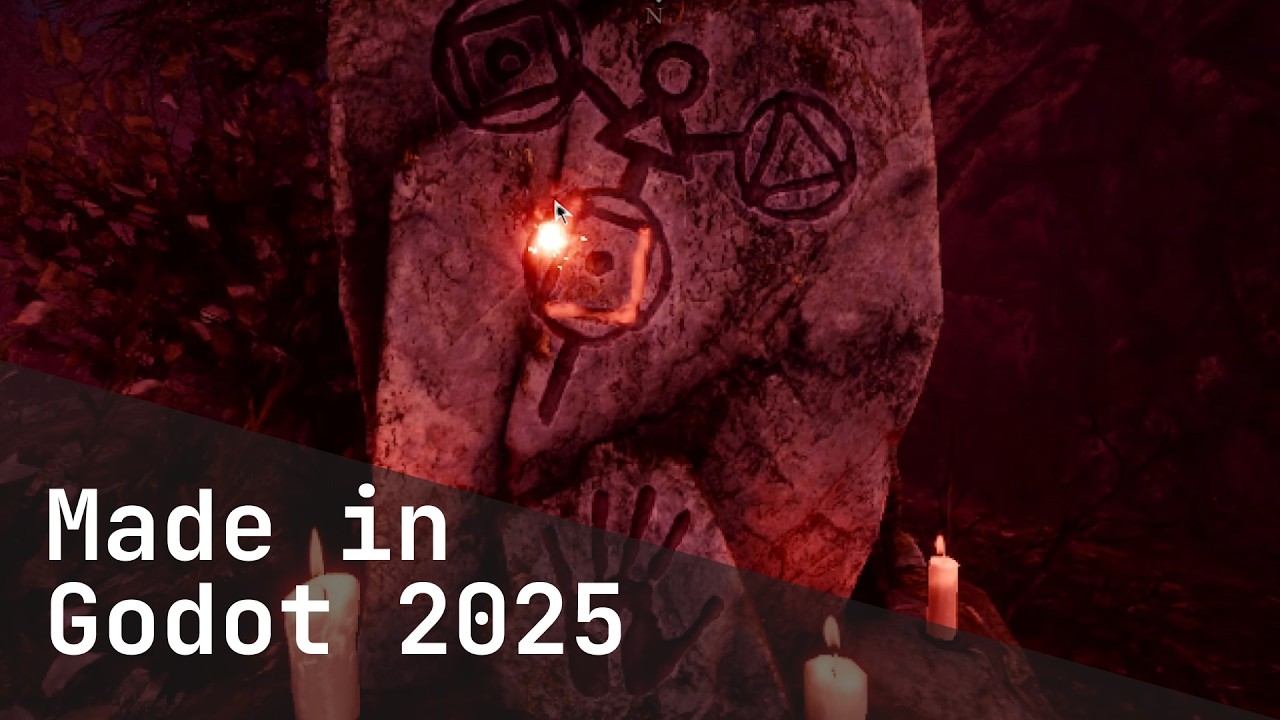

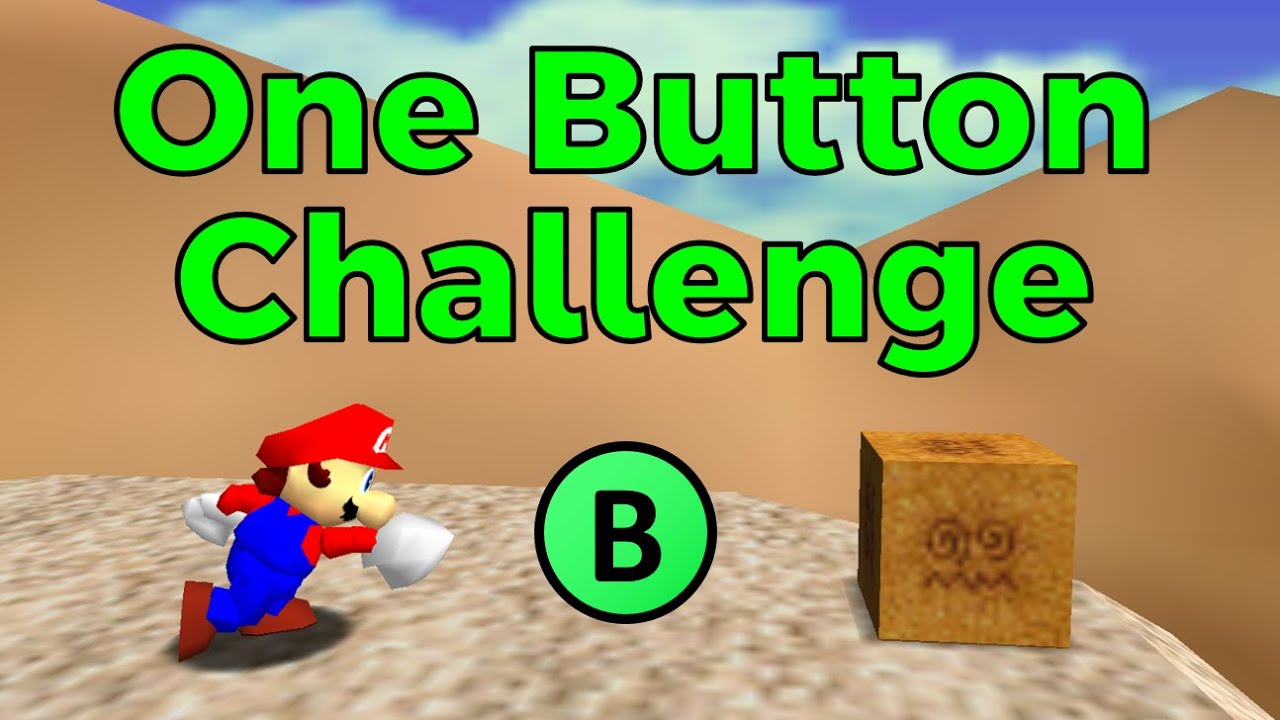
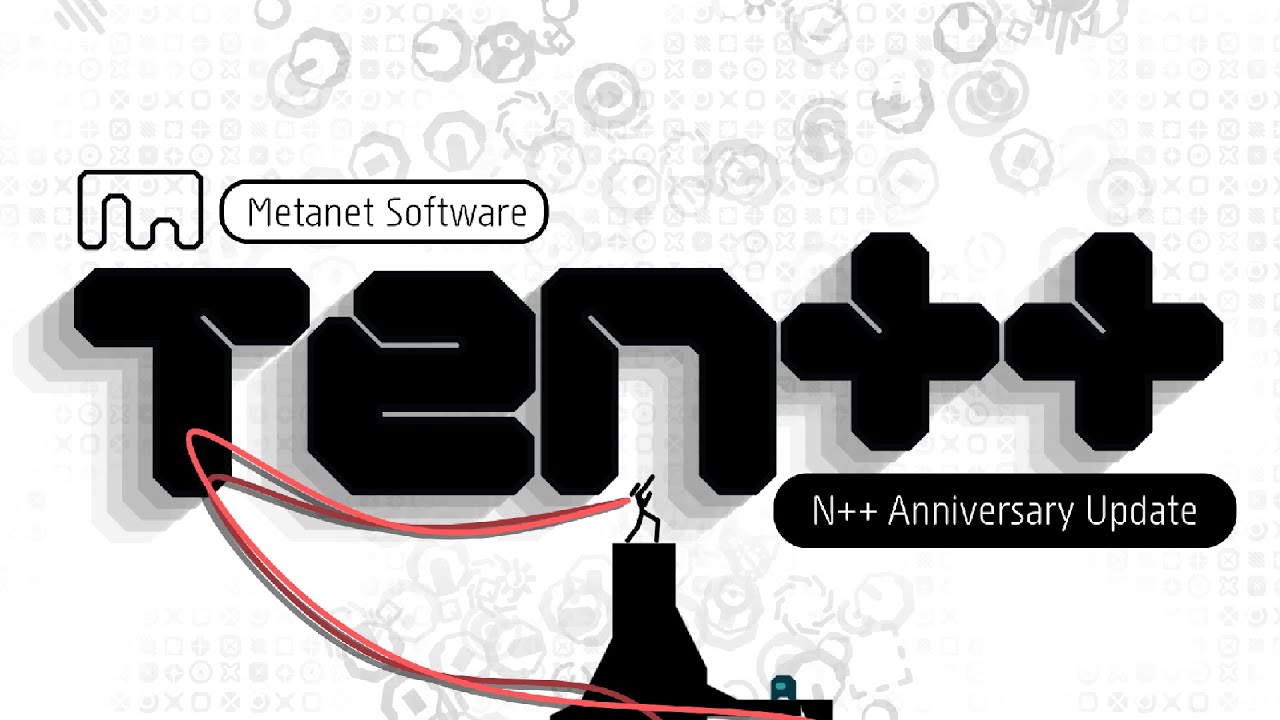





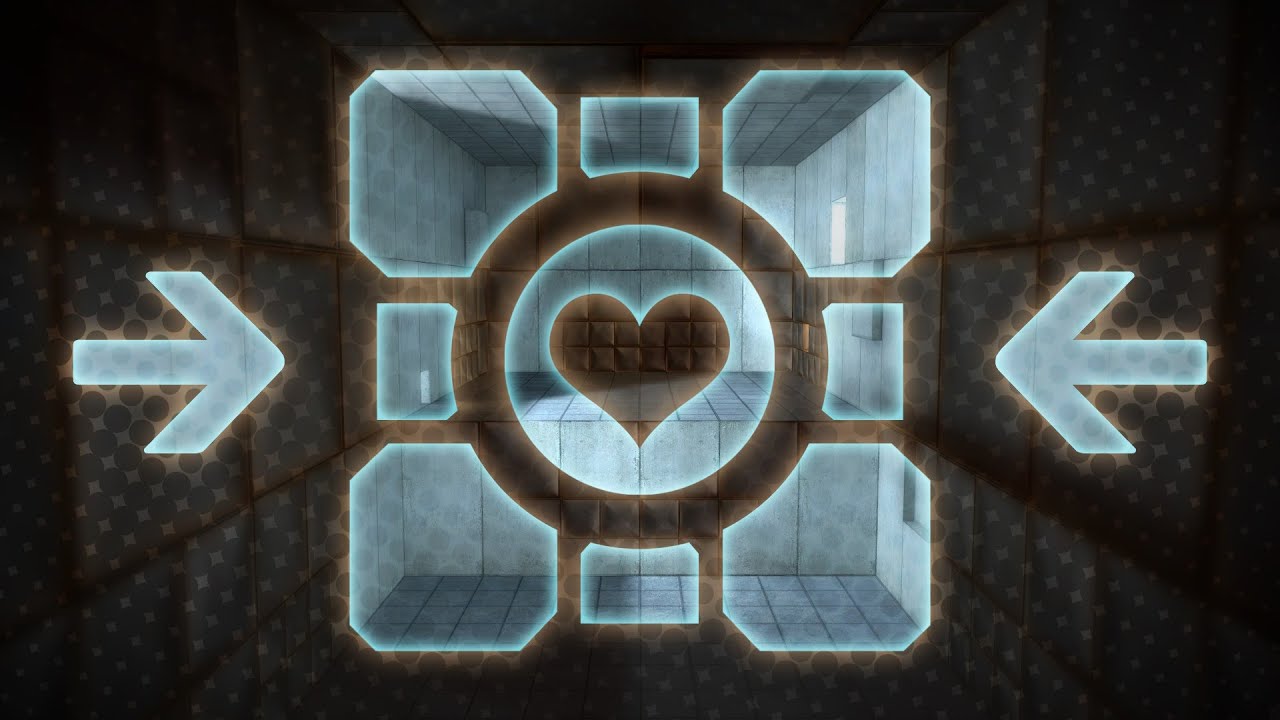
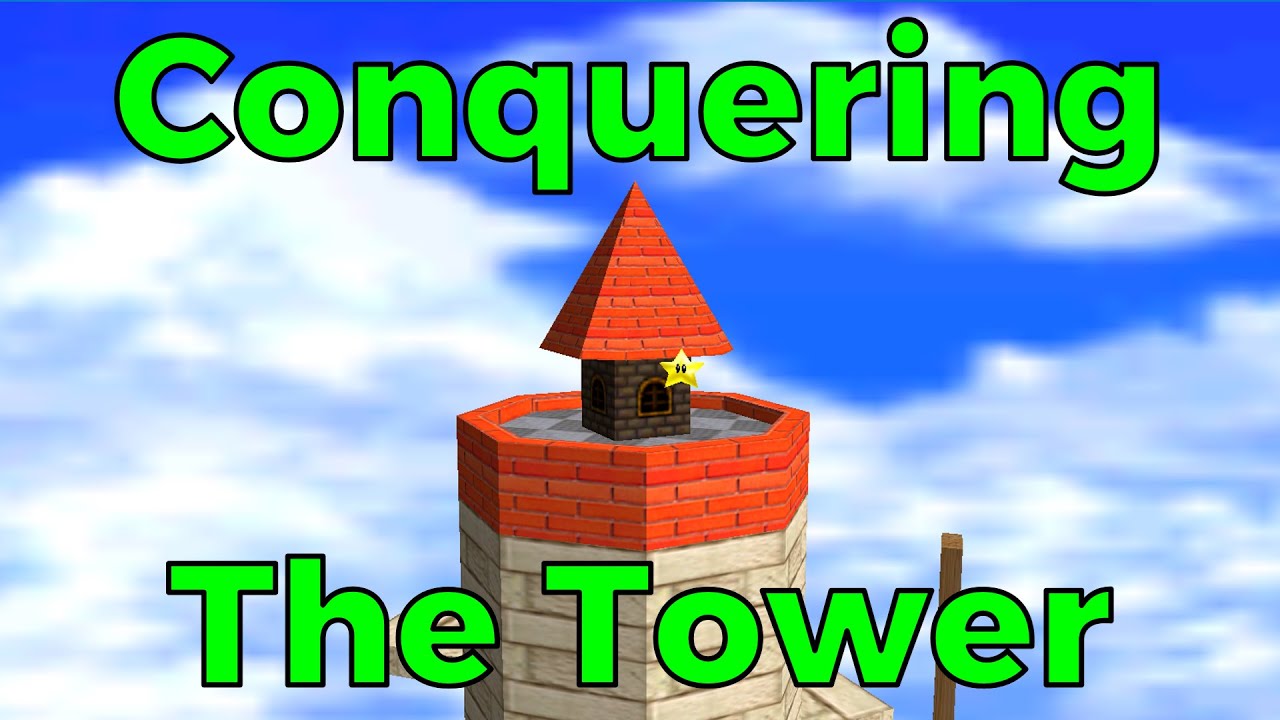

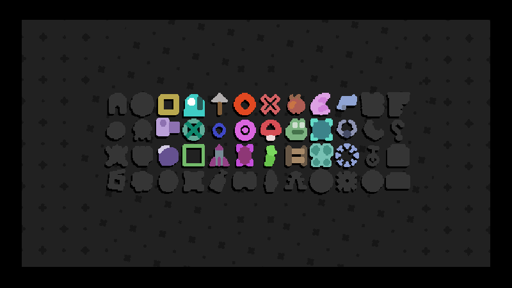
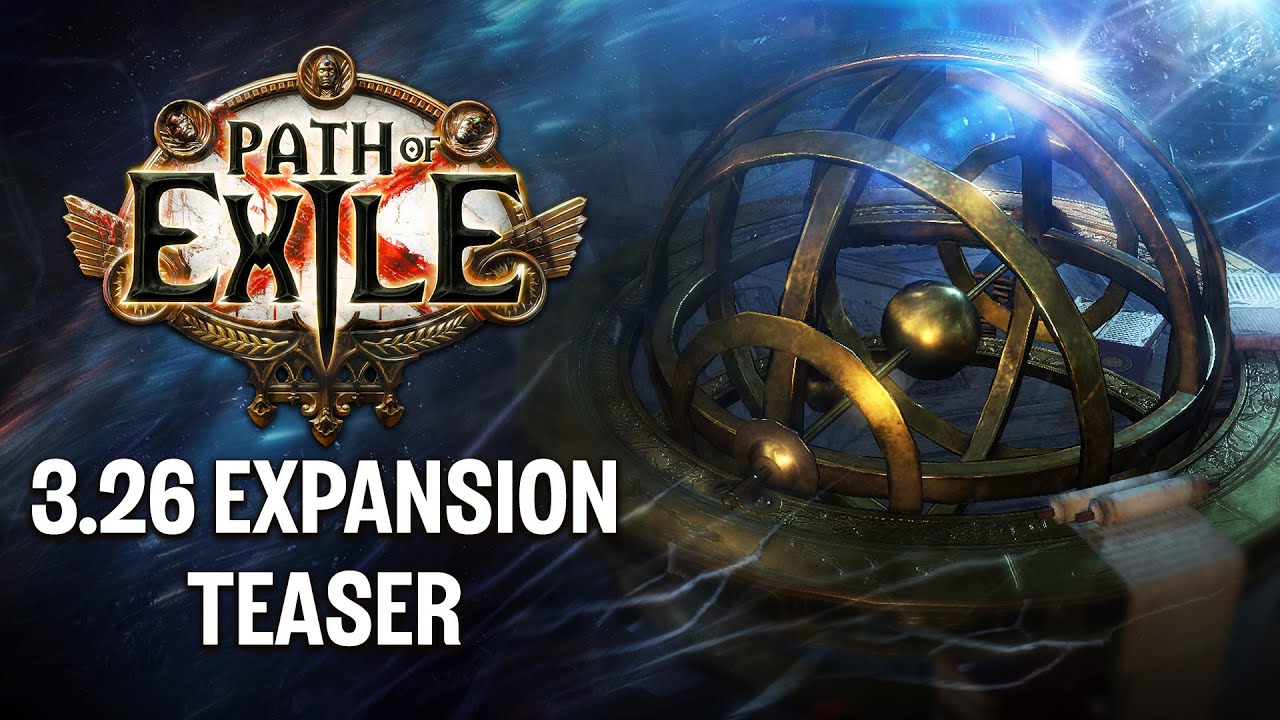
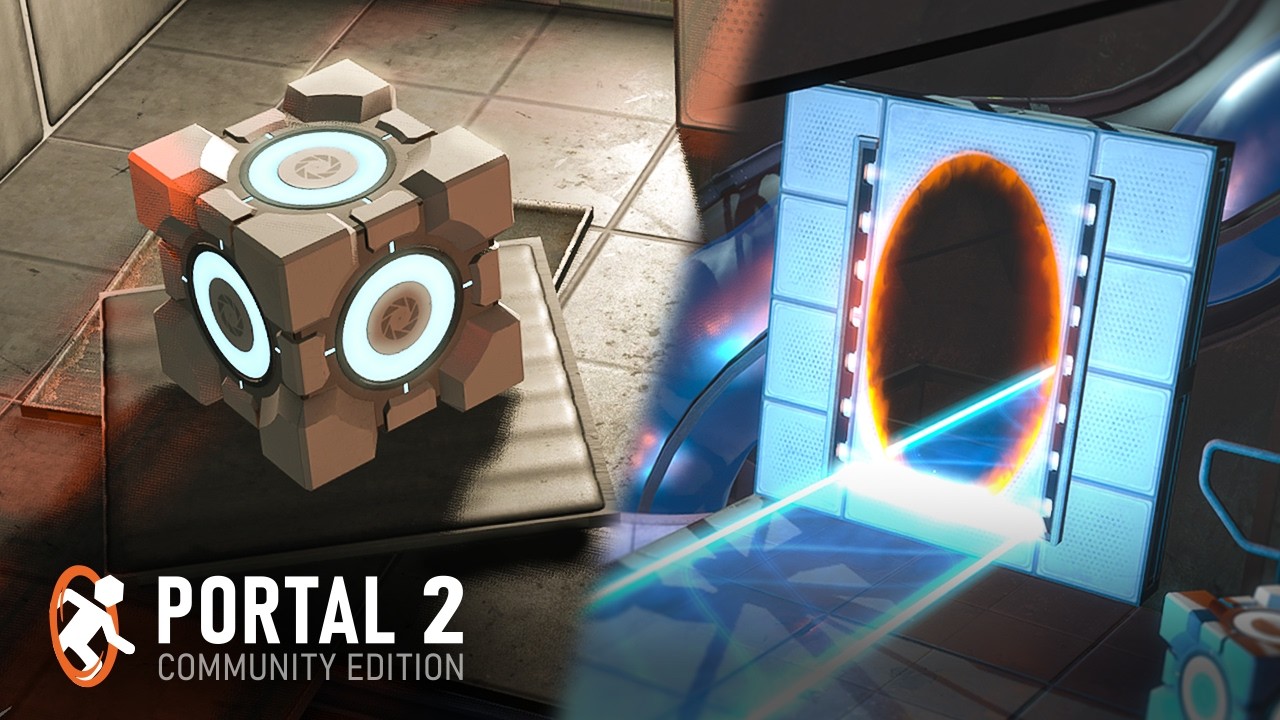



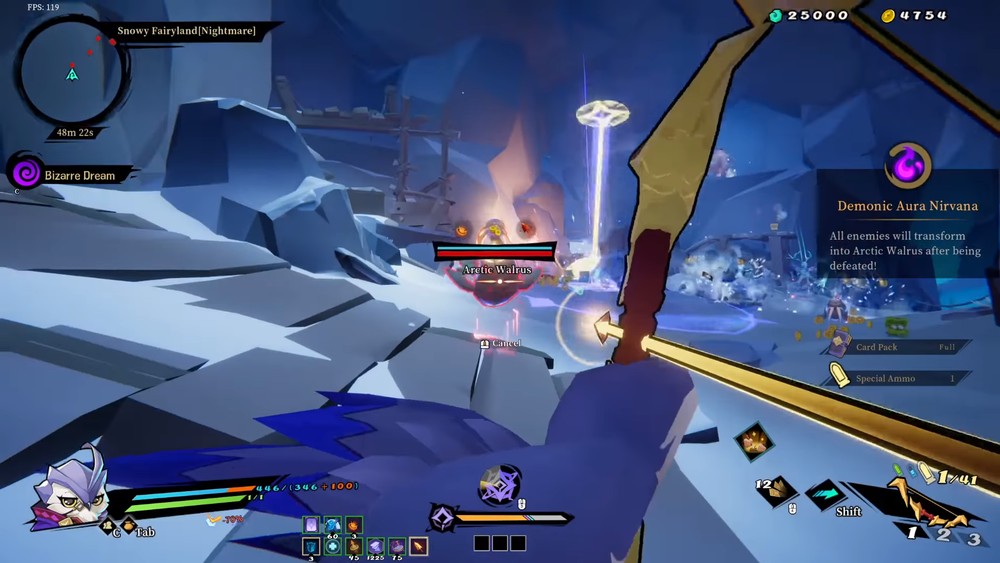
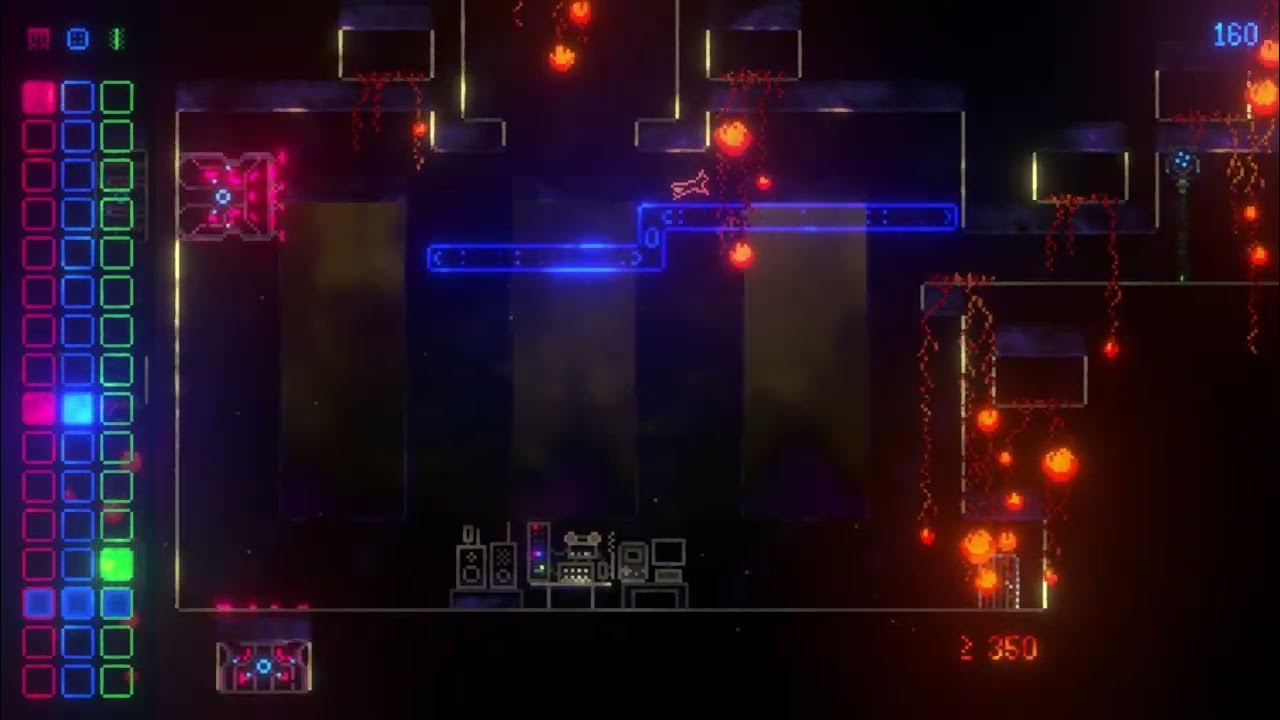
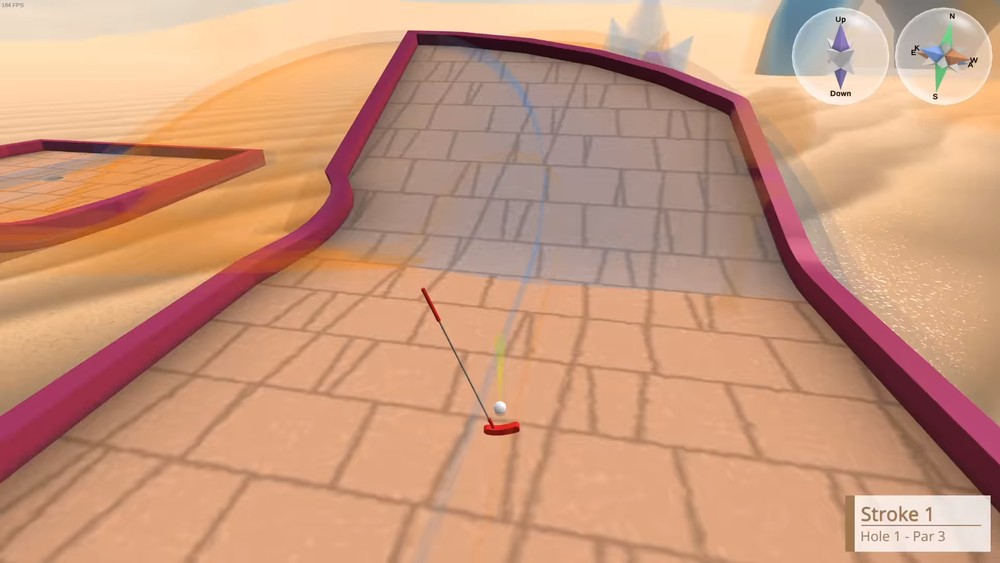


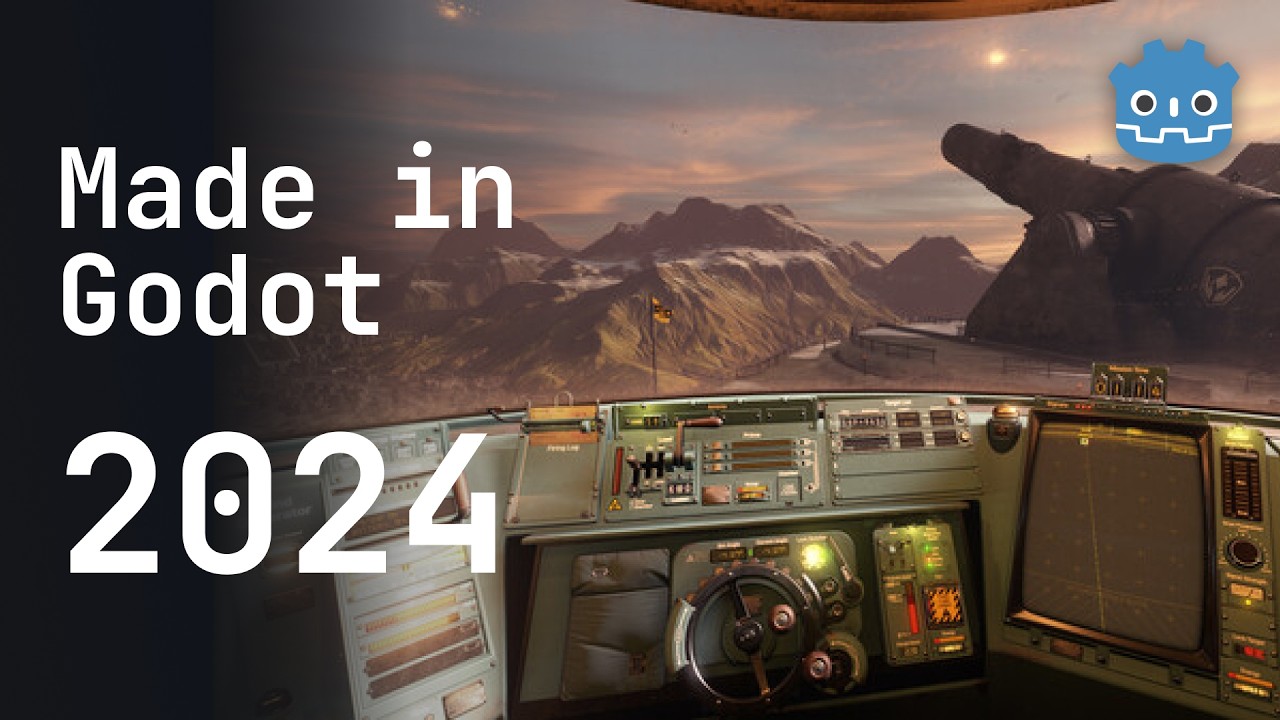
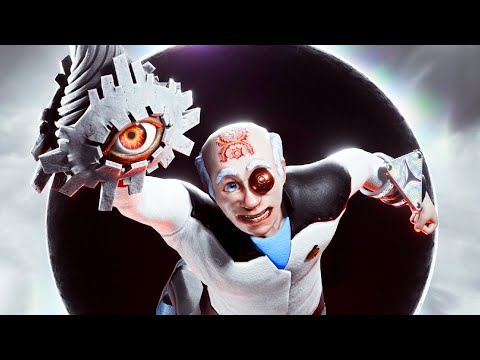


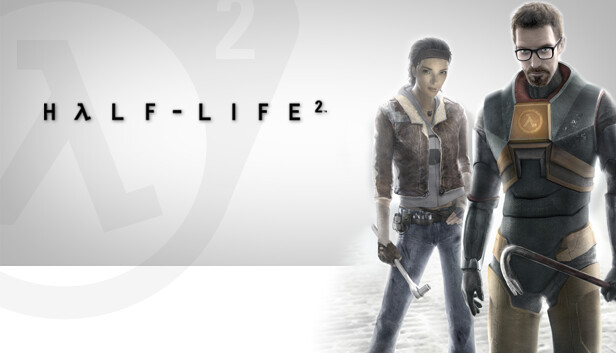
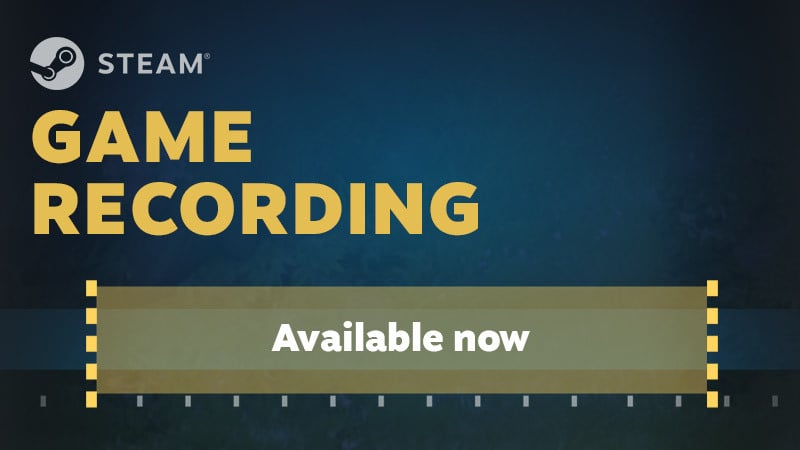
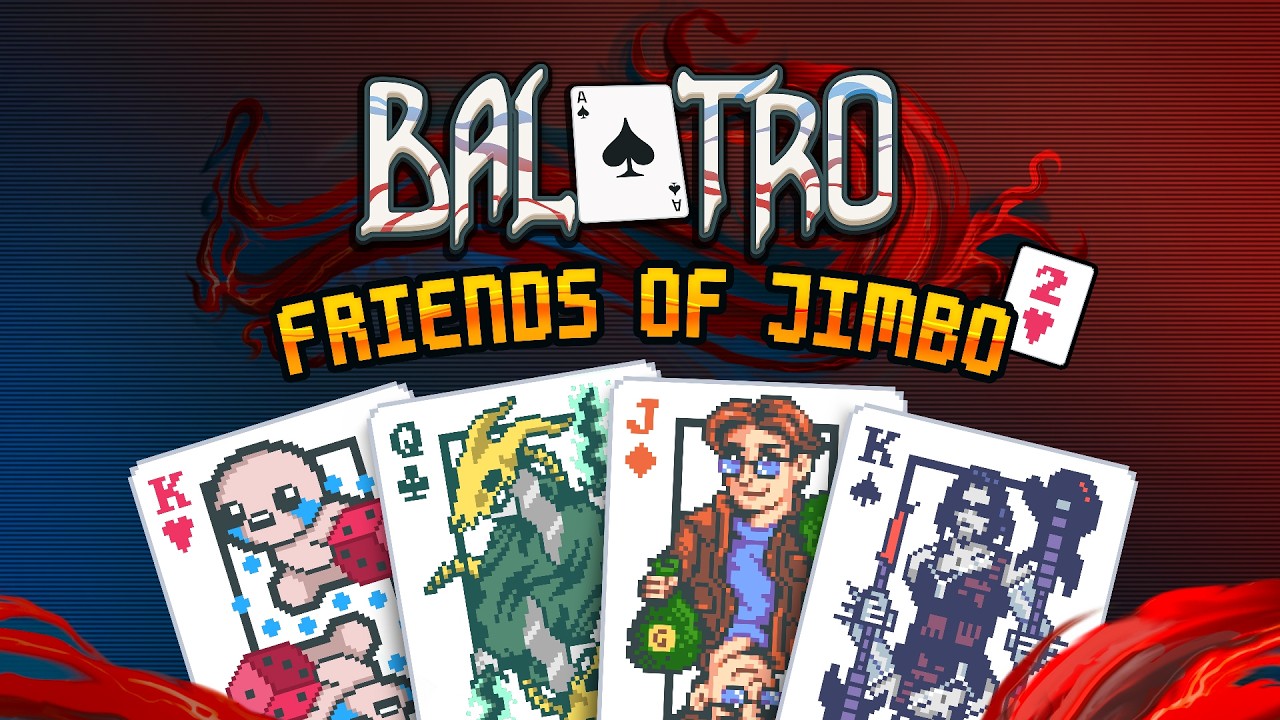
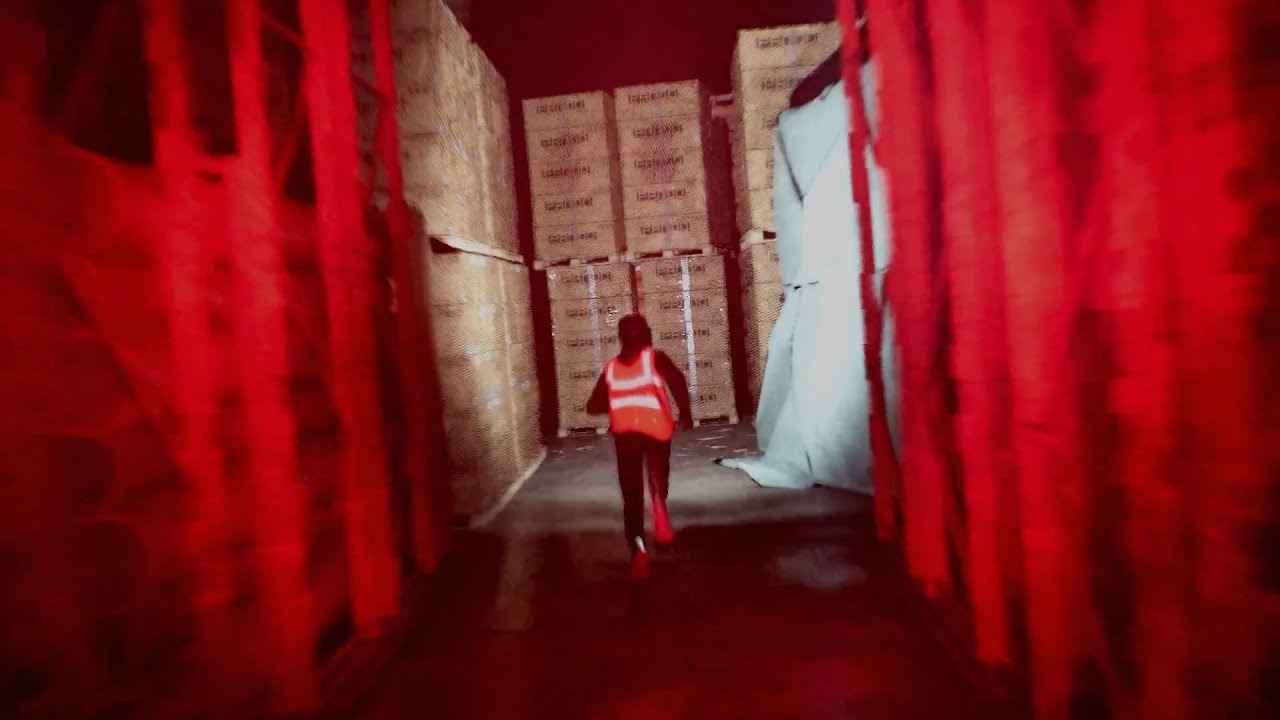
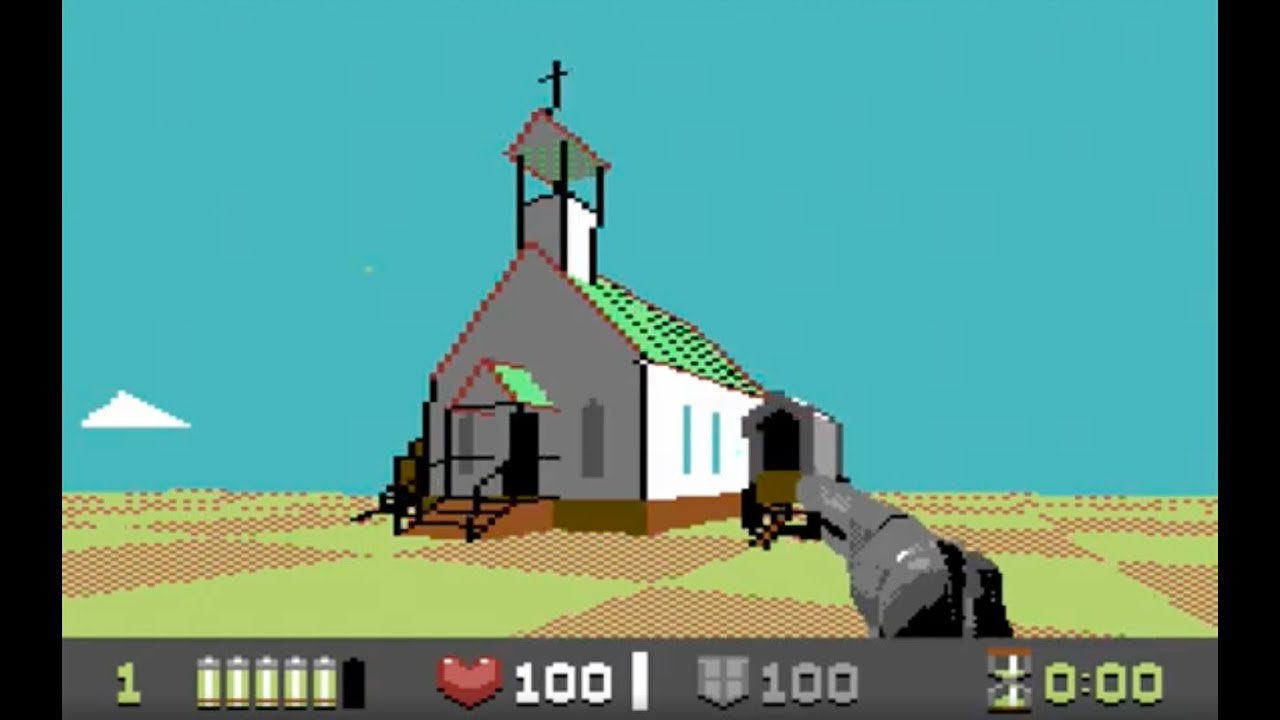
I guess it depends on how you want to screw around. In A Short Hike, you can go fishing, which has no gameplay function. Or gliding around in air currents.